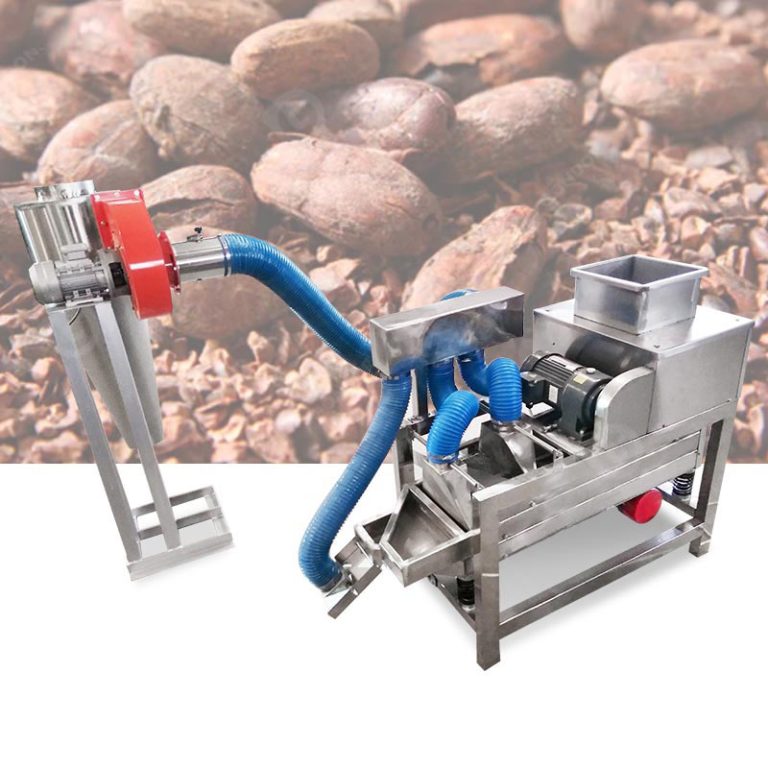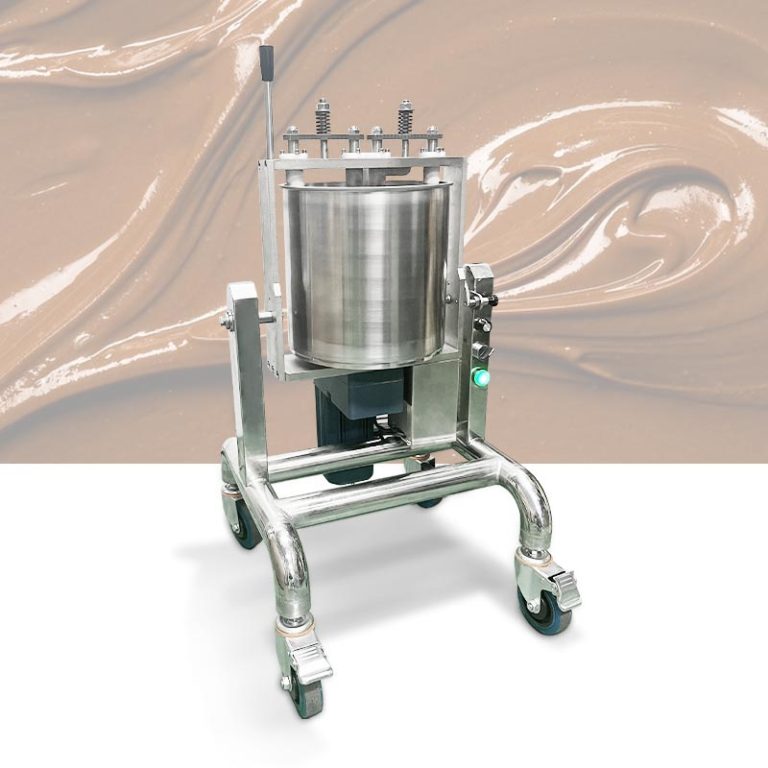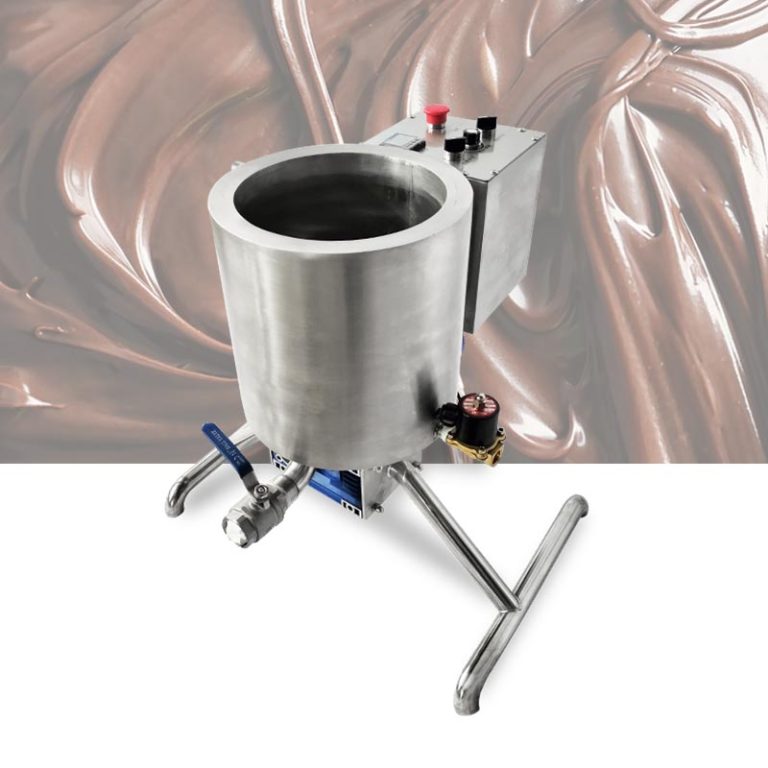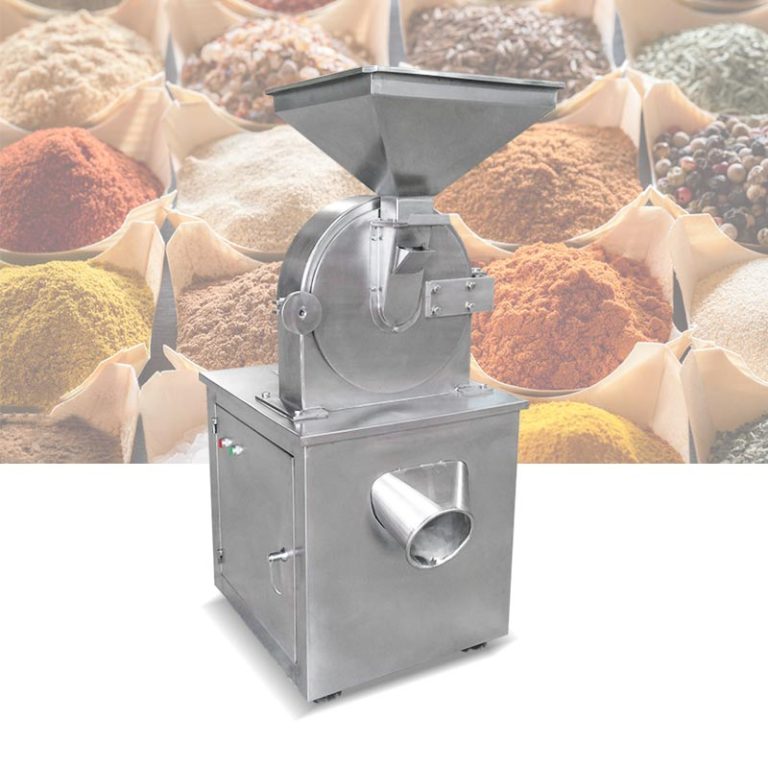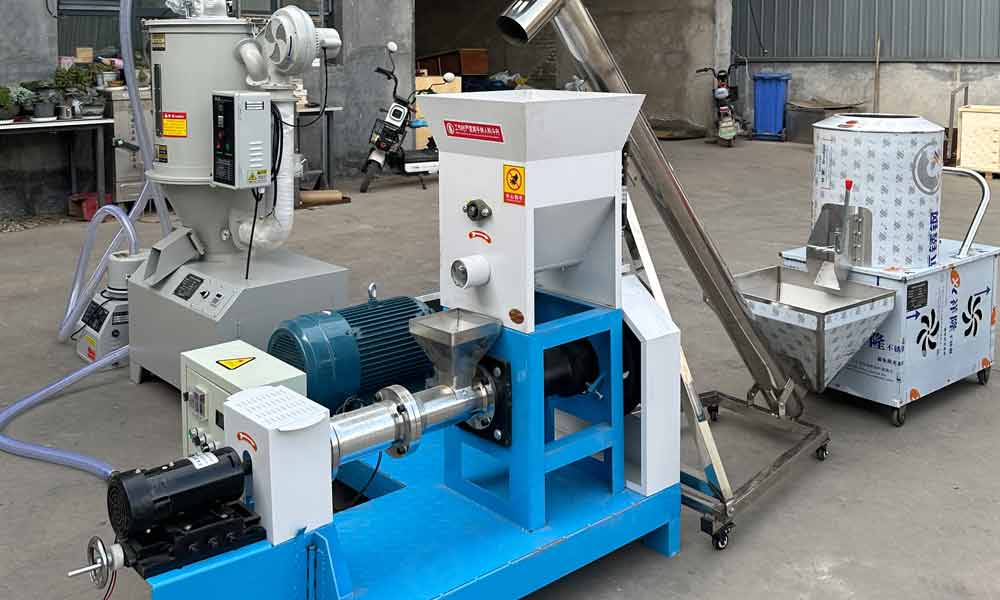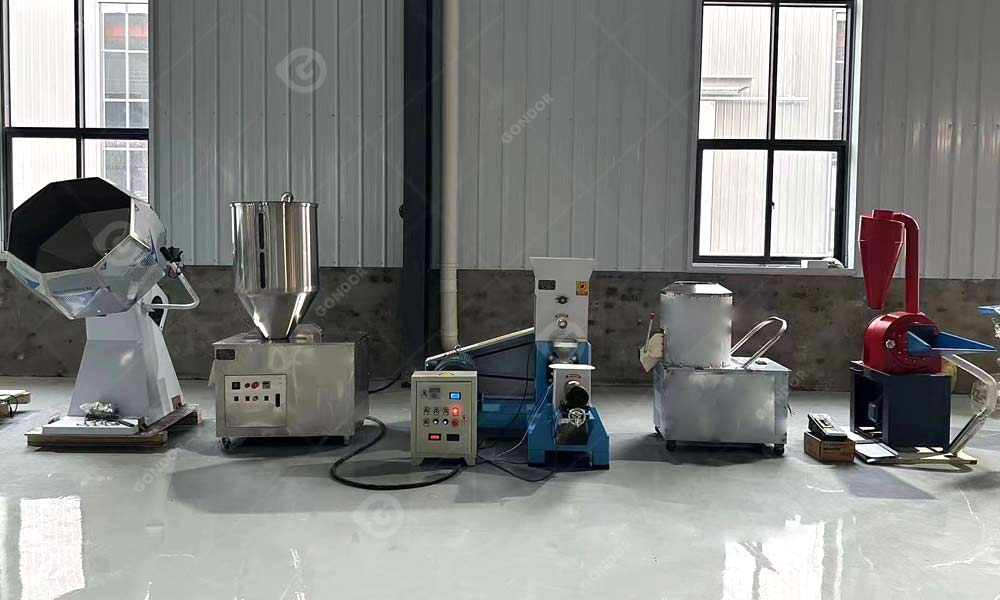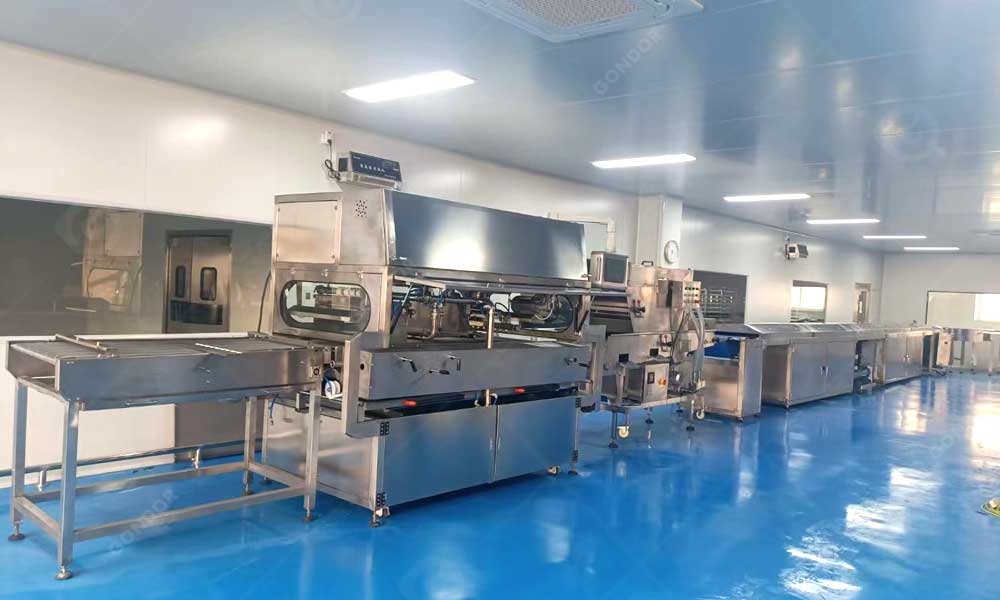What is cocoa powder?
Cocoa powder is a fine, brown powder rich in cocoa polyphenols and aromatic compounds, obtained by fermenting, drying, roasting, shelling, grinding, pressing, defatting, crushing, and sieving cocoa beans, the seeds of the cacao tree. Cocoa powder is made through a series of processes, including fermentation, drying, roasting, shelling, grinding, degreasing, crushing, and sieving. Cocoa powder contains almost no sugar and generally contains 10% to 22% cocoa butter. It is the core ingredient in chocolate, baked goods, beverages, ice cream, candy, and other foods, and is the true source of chocolate’s “chocolate flavor.”
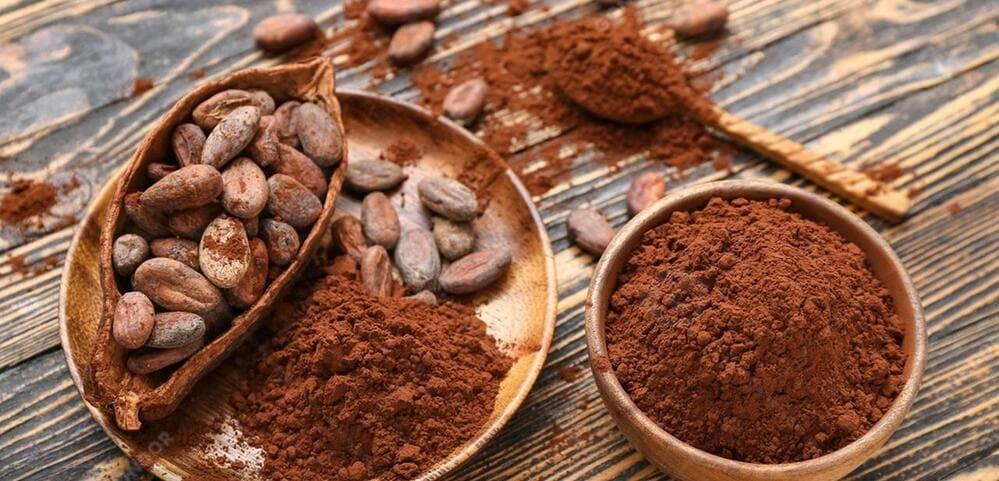
You can think of cocoa powder as the “skeleton” or “soul” of chocolate—it provides chocolate’s rich, slightly bitter base and deep color, but with little or no (or no) creamy fat.
So, how is such an important ingredient, cocoa powder, processed? In this article, Gondor Machinery will explain in detail: How is cacao powder made?
10 Steps to Cocoa Powder Processing
Making cocoa powder is a multi-step, carefully controlled process that transforms cocoa beans into the final powder. The following are the detailed processing steps:
1. Harvesting:
The cocoa beans produced by the cacao tree are called cocoa beans, which are the raw material for making cocoa powder. When harvesting the beans, farmers use knives to cut the beans from the tree, taking care to avoid damaging the beans. The beans must be handled promptly after harvesting to prevent spoilage.
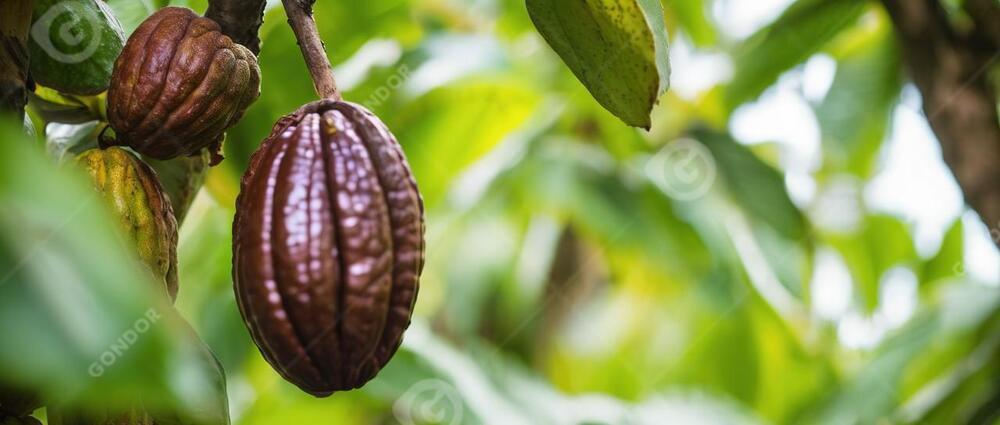
2. Bean Cleaning:
The beans are placed in a cleaning machine to remove surface impurities and dirt.
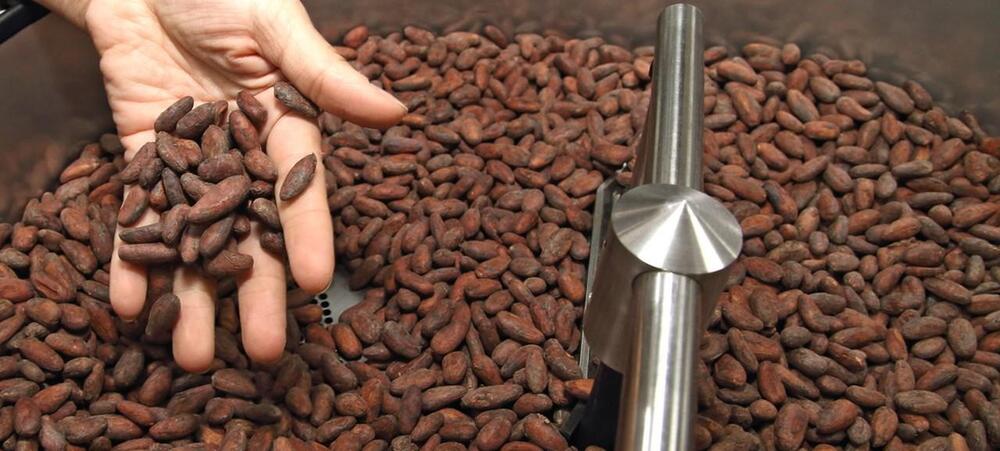
3. Fermentation
Fresh cocoa beans are naturally fermented in a low-temperature, high-humidity environment, typically for 5-7 days. The purpose of fermentation is to use microorganisms to break down the liquid within the beans, producing acid. This process is crucial for flavor development, removing astringency and developing complex aromas such as fruity, floral, and smoky notes. It also releases the cocoa bean’s unique flavor and increases the beans’ solubility.
4. Drying
The fermented cocoa beans are dried in the sun or in a drying room to a moisture content of approximately 7%. The drying process helps reduce the moisture content of the cocoa beans, making them easier to store and transport. The drying method affects the flavor, with open-air drying being the most common method.
5. Roasting
The dried cocoa beans are roasted at 120-150°C for 20-40 minutes. The roasting time and temperature are adjusted according to the bean variety and the desired flavor profile. The roasted cocoa nibs exhibit a deep black color and a rich cocoa aroma.
6. Shelling and Crackling
After roasting, the cocoa beans are shelled using a cocoa bean peeling and winnowing machine, removing the hard outer shells and producing cocoa nibs. These nibs are then crushed into 0.5-3 mm particles in preparation for subsequent grinding.
7. Grinding
The roasted cocoa nibs are fed into a grinder for grinding. This process is a critical step in converting cocoa nibs into cocoa powder. In the cocoa grinder, the nibs are ground into extremely fine particles, which are then passed through a sieve to ensure a uniform and fine cocoa powder.
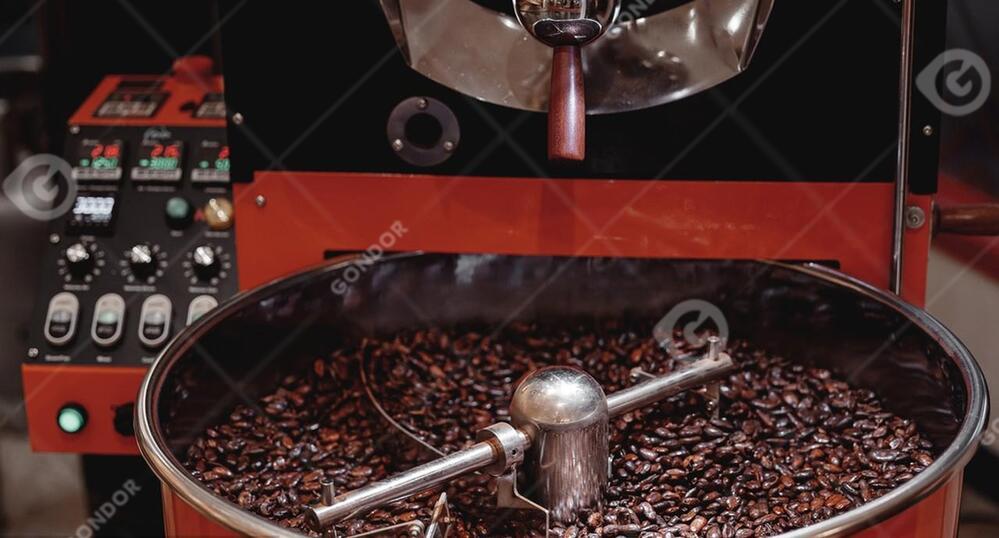
8. Pressing and Degreasing
The cocoa mass is fed into a hydraulic press to separate the cocoa butter and cocoa cake. Cocoa butter is used in chocolate making, while cocoa cake is used to make cocoa powder.
8. Grinding and Sieving
The cocoa cake is crushed and sieved to produce fine cocoa powder. Depending on the intended use, the fat content of cocoa powder typically ranges from 10% to 22%.
9. Cocoa Powder Flavoring
The ground cocoa powder is placed in a mixer and mixed with sugar, milk powder, and other flavorings.
10. Packaging and Storage
The final cocoa powder is cooled, quality-tested, and packaged. It is then stored in a dry, dark environment to prevent oxidation and moisture absorption.
Through the above process, the cocoa beans undergo multiple steps of processing to produce high-quality cocoa powder. Cocoa powder has a rich cocoa aroma and is widely used in the production of foods such as chocolate and beverages.




